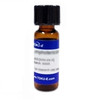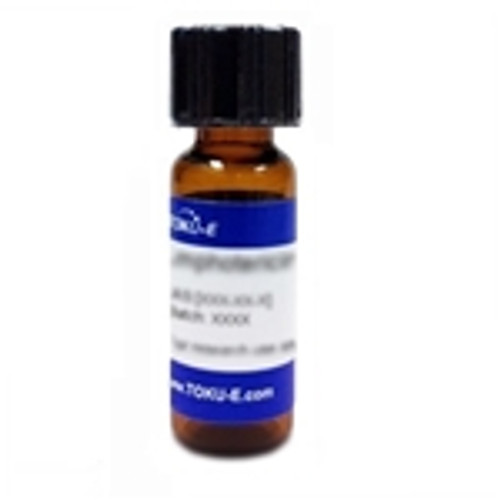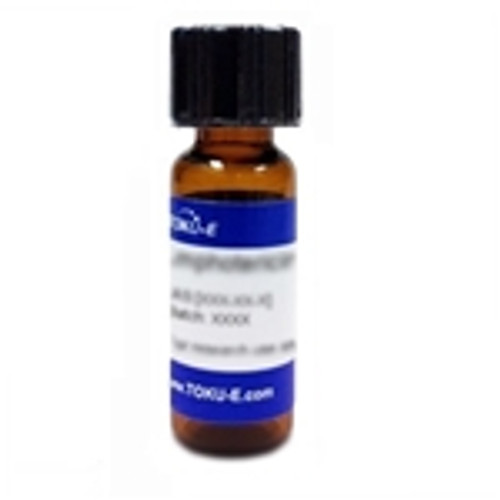Antimycin A3 is an homolog of the Antimycin complex (syn: Antimycin A). Antimycin A3 is one of four closely related structures in the mixture (others include Antimycin A1, A2 and A4). First isolated in 1958 from Streptomyces blastimyceticus and co-produced with Antimycin A4, Antimycin A3 is a more polar analog of A1 and A2.
Antimycin A3 has broad biological activity as an antifungal, anthelmintic (antiparasitic), insecticidal, antiviral and antitumor agent. Lack of availability of the individual Antimycin components has hindered greater understanding of the common and unique molecular targets of the components of the Antimycin complex.
The Antimycin complex chemical structure consists of an acyl- and alkylsubstituted dilactone ring linked via an amide bond to 3-formamidosalicylic acid.
Antimycin A3 is soluble in ethanol, methanol, DMF and DMSO.
We also offer:
| Mechanism of Action | Antimycin A3 inhibits respiration by inhibiting the oxidation of ubiquinol to ubiquinone. The compound has a powerful inhibitory action on the mitochondrial respiratory chain. |
| Cancer Applications |
Novel open-chain analogs of Antimycin A3 were successfully synthesized and cytotoxicities of the analogs were evaluated as inhibitors of colorectal HCT-116 cells using a 3-(4,5-dimethylthiazol-2-yl)-2,5-diphenyltetrazolium bromide cell proliferation assay. The analogs demonstrated greater anticancer activity against colorectal HCT-116 cells than the original Antimycin A3 with 50% inhibitory concentrations of 35-47 μM. This work demonstrates that Antimycin A3 analogs are promising candidates of new anti-colorectal cancer agents (Arsianti et al, 2015). The effect of Antimycin A on the growth of human pulmonary adenocarcinoma A549 cells was evaluated in relation to cell cycle and apoptosis. The addition of Antimycin A (2-100 µM) significantly inhibited the cell growth of A549 for 72 hours. Growth inhibition was via the induction of cell cycle arrest as well as triggering apoptosis (Han et al, 2008). |
| Molecular Formula | C26H36N2O9 |
| References |
Yonehara H and Takeuchi S (1958) Studies on the chemical structure of Blastmycin. J. Antibiotics Ser. A 11:254 PMID 13563335 Slater EC (1973) THE MECHANISM OF ACTION OF THE RESPIRATORY INHIBITOR, Arsianti, A., Fadilah, F., Kusmardi, K., Tanimoto, H., & Kakiuchi, K. (2015). Design, synthesis, and cytotoxicity evaluation of novel open-chain analogues of antimycin A3 as potential anti-colorectal cancer agents. Asian Journal of Pharmaceutical and Clinical Research, 8(6), 120-124 Han YH, Kim SH, Kim SZ and Park WH (2008) Antimycin A as a mitochondrial electron transport inhibitor prevents the growth of human lung cancer A549 cells. Oncol Rep 20: 689-693 |








